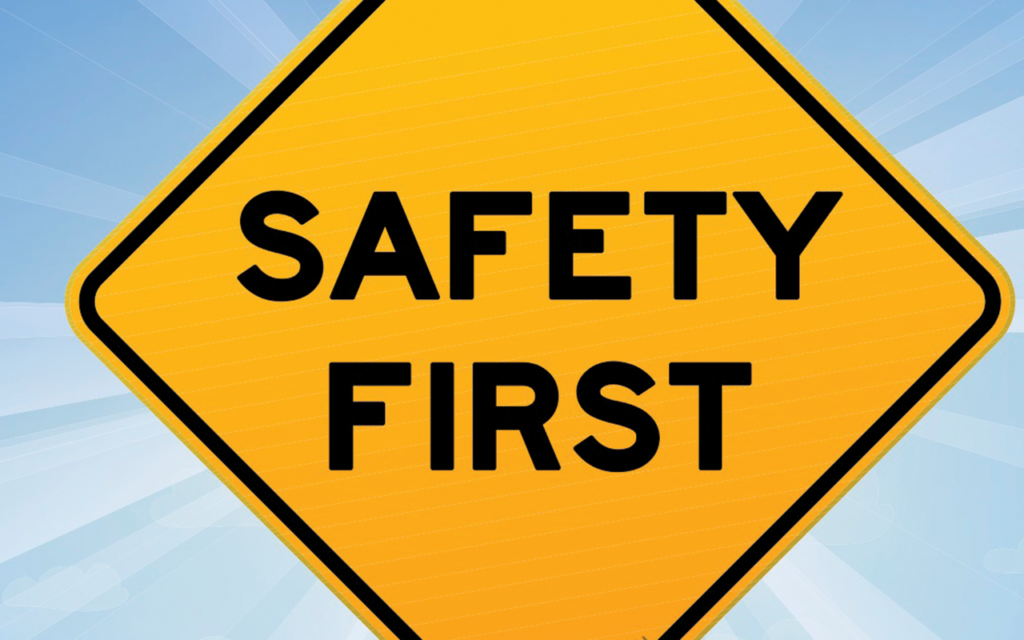
To minimize the occurrence of physical and digital harm in the workplace, 90 percent of organizations are training employees on safety procedures, including compliance training and programs on other topics.
Of those, 95 percent provide training for employee safety, 96 percent for workplace safety, 48 percent for customer safety, and 84 percent for digital and information safety, according to the Association for Talent Development’s recently released research report “Safety Training: Protecting Employees and Organizations,” which is sponsored by Safety Skills.
More organizations provided safety training to employees during onboarding than at any other time (92 percent). Substantial majorities also covered safety on a regular schedule for refresher training (82 percent), in response to new government regulations (73 percent), or due to safety incidents (72 percent).
Organizations should look to the safety training required by law as the “bare minimum,” according to Elizabeth Beckham, a learning and development manager at Turner Industries, a heavy industrial construction company with more than 10,000 employees. She advises that, “Once you start doing more training than the minimum, you’re really doing more to protect your workforce and have employees buy into the culture of safety you’re building within your organization.”
Some key findings of this report are:
- A majority of organizations (71 percent) have organizational cultures that encourage safe behaviors to a high or very high extent.
- The top benefits of safety training are reducing safety incidents, cited by 88 percent of respondents, and reducing the legal liability, fines, and sanctions that occur as a result of safety incidents, cited by 56 percent of respondents.
- Some of the best practices associated with being a highly safe organization — one that has a culture that encourages safety and performs better on safety than other organizations in its industry — include providing more safety training than the law requires, incorporating simulations into safety training, holding daily safety meetings, and training all managers on safety-related topics.
Three in four organizations (75 percent) delivered safety training using simulations. Of those, 73 percent used non-tech-based simulations (such as fire drills or role playing), 70 percent used computer-based simulations (for example, simulated phishing attacks), and 27 percent used virtual or augmented reality simulations.
United Parcel Service (UPS) incorporates virtual reality simulations into its safety training for delivery drivers. At training centers in the United States and Europe, its future delivery drivers wear headsets that immerse them in digitally recreated streets, rife with road hazards. The drivers must prove that they can verbally identify hazards in the simulation before they can begin more intensive on-road training.















Speak Your Mind
You must be logged in to post a comment.